The Maiden Tower of Baku: Ancient Secrets and a Legend of Love
 On the shore of the Caspian Sea, in the very heart of ancient Baku, stands a mysterious and imposing stone tower. Its weathered walls once heard the prayers of pagan priests, reflected the flickering flames of ritual fires, and perhaps witnessed the birth of those who were called the “children of the Sun.” This ancient structure is shrouded in mystery — no legend has ever fully explained its origin or purpose. Locals tell stories that the tower has seen broken hearts, a girl’s tears, and a tragic ending that echoes through the centuries.
On the shore of the Caspian Sea, in the very heart of ancient Baku, stands a mysterious and imposing stone tower. Its weathered walls once heard the prayers of pagan priests, reflected the flickering flames of ritual fires, and perhaps witnessed the birth of those who were called the “children of the Sun.” This ancient structure is shrouded in mystery — no legend has ever fully explained its origin or purpose. Locals tell stories that the tower has seen broken hearts, a girl’s tears, and a tragic ending that echoes through the centuries.This is the Maiden Tower — one of the oldest and most enigmatic landmarks in Baku, located in the historic center of the city known as Icherisheher (Old City). It is widely regarded as a symbol of Baku and proudly listed as a UNESCO World Heritage Site.
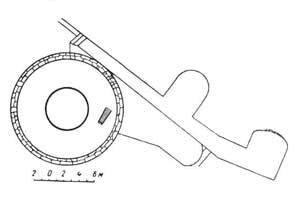 One theory comes from historian Abbas Ismailov, who believes the tower is more than 2,000 years old and originally served as a temple. According to him, the tower represents the ancient “buta” symbol — a powerful emblem of a single god that combines both male and female energies, symbolizing the union of Heaven and Earth. Ismailov also suggests that the tower was used for important religious rituals, especially during the winter solstice (December 21–24), a sacred time when ancient peoples believed the dying sun was reborn and renewed its strength.
One theory comes from historian Abbas Ismailov, who believes the tower is more than 2,000 years old and originally served as a temple. According to him, the tower represents the ancient “buta” symbol — a powerful emblem of a single god that combines both male and female energies, symbolizing the union of Heaven and Earth. Ismailov also suggests that the tower was used for important religious rituals, especially during the winter solstice (December 21–24), a sacred time when ancient peoples believed the dying sun was reborn and renewed its strength.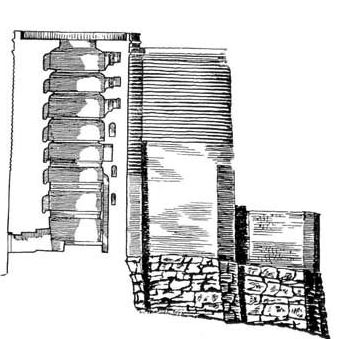 Another theory comes from historian Hasan Hasanov, who published a book titled “Maiden Tower” in 2014. Hasanov argues that the tower was not built in the 12th century, as commonly believed, but much earlier — in the 8th century BCE. His conclusion is based on archaeological discoveries, a re-examination of Soviet-era historiography, and analysis of ancient written sources. According to his research, the tower was constructed by the Scythians (also called Scytho-Saka-Cimmerians) as a religious temple. In later periods, the structure might have been adapted for military use as a defensive tower or even served as a lighthouse guiding ships along the Caspian coast.
Another theory comes from historian Hasan Hasanov, who published a book titled “Maiden Tower” in 2014. Hasanov argues that the tower was not built in the 12th century, as commonly believed, but much earlier — in the 8th century BCE. His conclusion is based on archaeological discoveries, a re-examination of Soviet-era historiography, and analysis of ancient written sources. According to his research, the tower was constructed by the Scythians (also called Scytho-Saka-Cimmerians) as a religious temple. In later periods, the structure might have been adapted for military use as a defensive tower or even served as a lighthouse guiding ships along the Caspian coast.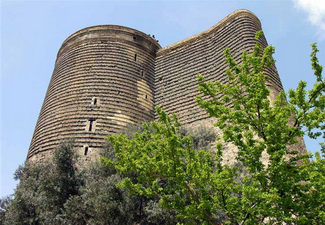 For many years, the tower was officially regarded as a military structure dating from the time of the Shirvanshahs in the 12th century. However, modern researchers have raised doubts about this theory. The tower’s architectural features challenge its classification as a fortress: it has very few windows, lacks arrow slits, and contains a narrow spiral staircase. Additionally, there is no strong structural connection between the floors, and the flat roof is too small to accommodate many guards. The interior was originally a single, open space, which would have made it difficult to use effectively for defense.
For many years, the tower was officially regarded as a military structure dating from the time of the Shirvanshahs in the 12th century. However, modern researchers have raised doubts about this theory. The tower’s architectural features challenge its classification as a fortress: it has very few windows, lacks arrow slits, and contains a narrow spiral staircase. Additionally, there is no strong structural connection between the floors, and the flat roof is too small to accommodate many guards. The interior was originally a single, open space, which would have made it difficult to use effectively for defense. 
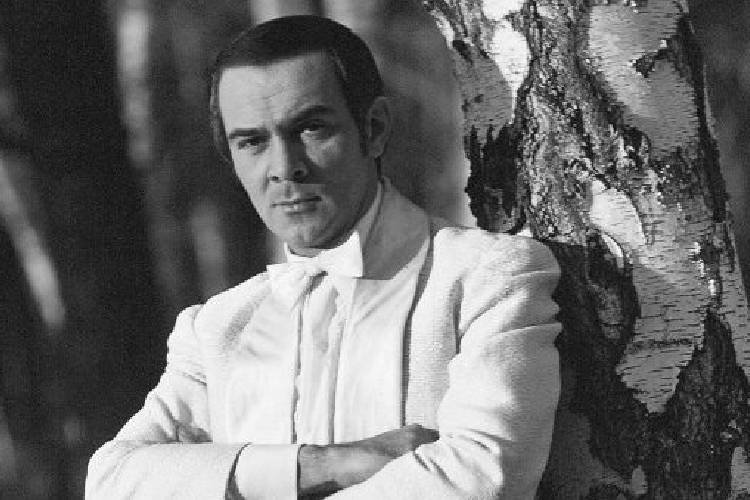

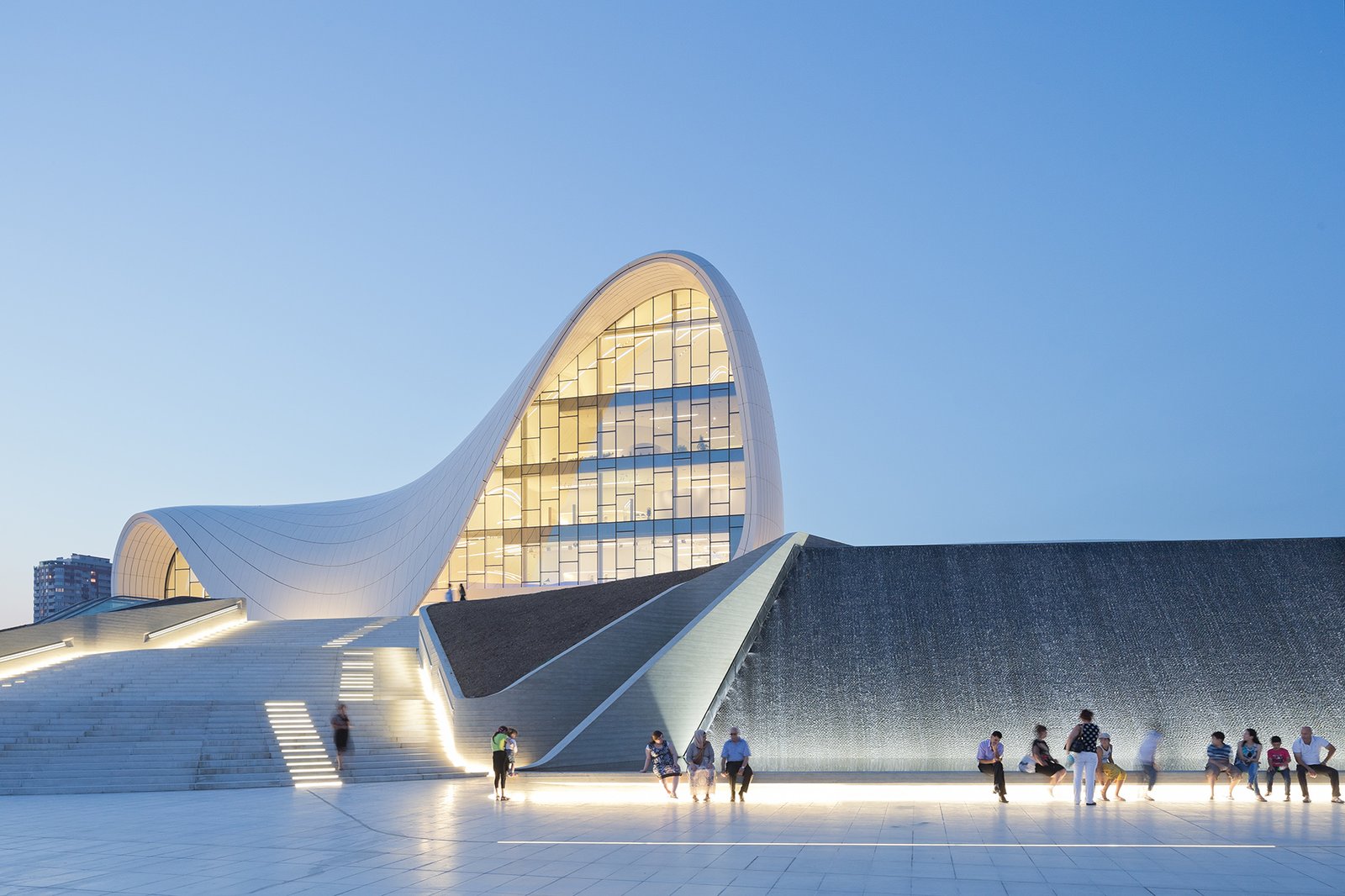
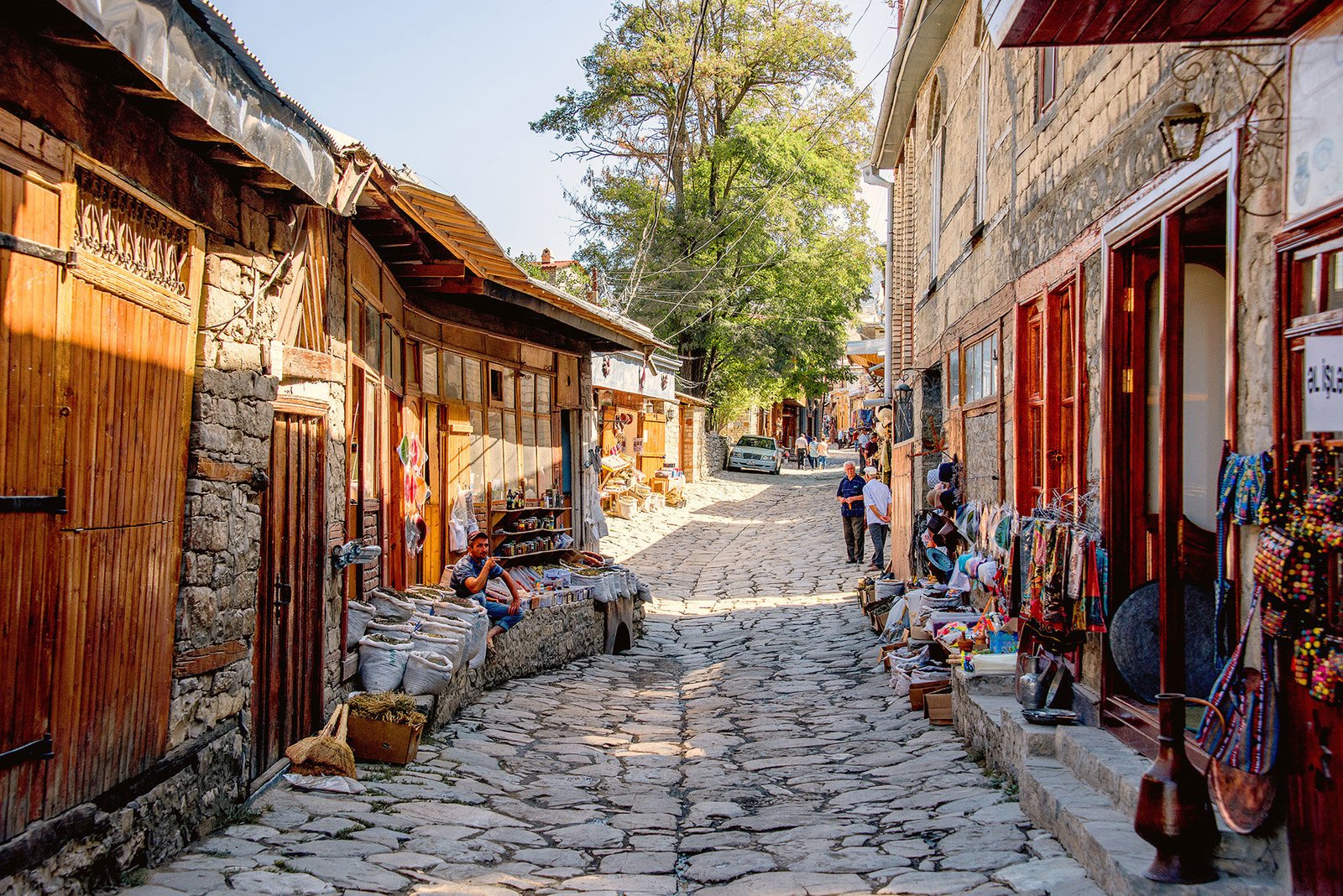
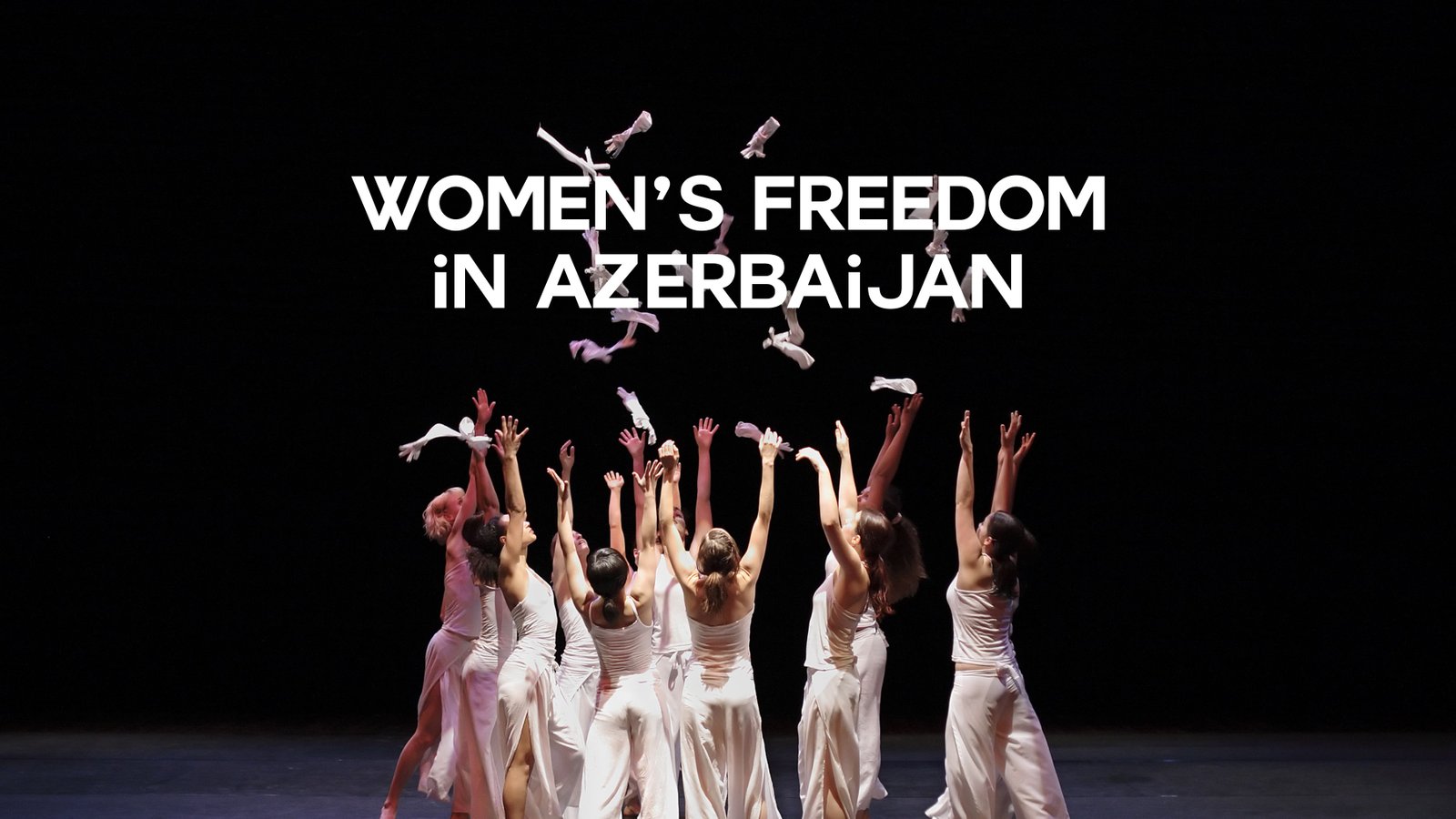

.jpg)




Comments
No comments yet.
Leave a Comment